The vertical farm we're renting is based in a local gardening school that comprises three-layered 200m2 gutters. In December, we're starting to cultivate the mother plants, using in-vitro plants. Whereas, in March, we harvest the runners and get them rooted in our greenhouses to produce mother plants for the summer season," says Kari Komulainen, the director of Peuraniemen Taimitarha Oy.
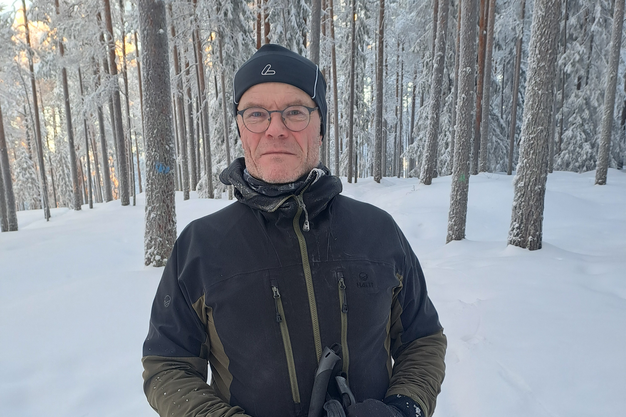
Kari Komulainen
Nestled in the picturesque landscapes of Kainuu, Finland, the family-owned greenhouse business Peuraniemen Taimitarha Oy focuses on propagating (straw)berry pre-mother plants, blending vertical farming and traditional greenhouse practices to bring the best product to market. High season will take off in September (and April to June, next year) when the plants will be distributed to garden centers and berry farmers. As of today, Peuraniemen breeds over 1 to 1,5 million certified mini strawberry tray plants per year.
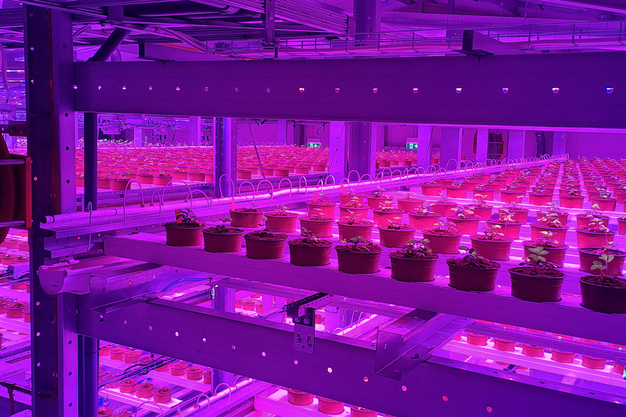
First-generation plants propagated inside the vertical farm
Running a vertical farm on itself is too costly
"We have been growing our mother strawberry plants in vertical farms for five years. It reduces the dependency on purchasing in-vitro plants. Before renting this vertical farm we bought all our mother plants as in-vitro. Nowadays, we can create one-generation plants in the vertical farm, thus, we only buy 1/10-1/20 in-vitroes, resulting in higher profitability. However, Kari emphasizes that considerations need to be carefully made due to rising energy costs.
"Every year has to be counted carefully," he remarks. "We haven't found any use for our vertical farm after pre-mother production as it's becoming too costly. However, renting it for three months is okay. On top of that, this time of year greenhouse farmers use a lot of energy for supplemental lighting. Given they buy their energy from stock markets (a part of it), it makes growing almost impossible and very unpredictable."
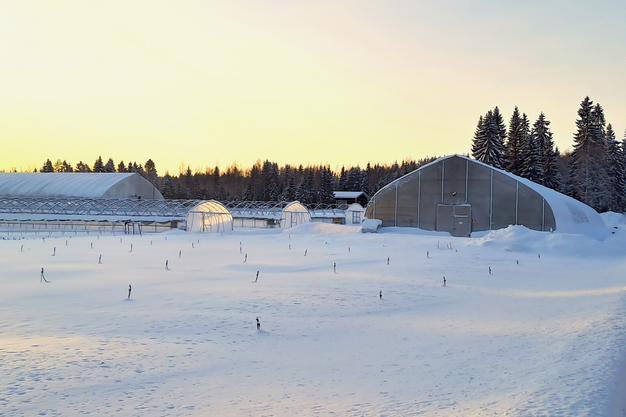
Affordable materials for optimal results
Peuraniemen's greenhouse facilities, comprising approximately 5000 m2 of greenhouses and tunnels are found to be resilient against the harsh Finnish winter conditions. "Our Finland-made greenhouses are made for Finnish circumstances. They are like solo tunnels, very high and deep walls, covered by double plastic to withstand the tough exterior temperatures and heavy snow on the roof without extra heating."
To combat low temperatures, Peuraniemen employs a combination of heating methods, including oil and air blowers, during the short heating season from weeks 10 to 20. Additionally, they utilize light, but thick snow covers as a natural insulator for storing plants during the winter as it's the best and cheapest option," Kari notes.
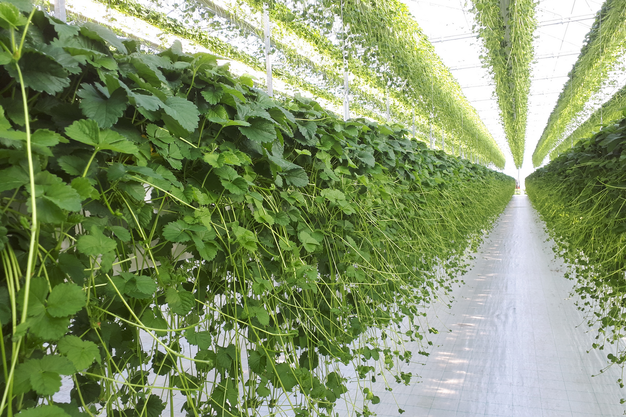
Despite challenges such as fluctuating energy prices and occasional market disruptions, Kari affirms that Peuraniemen remains persistent in growing fresh products for its local markets. "And in the future too, I believe," Kari says optimistically. He foresees vertical farms playing a bigger role for specific fresh produce near or in densely populated cities.
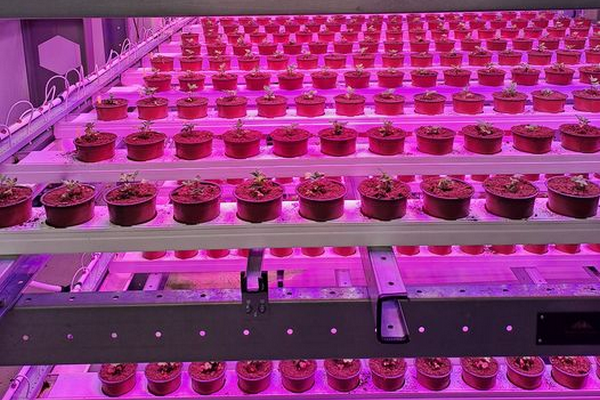
Keeping cost low
The company is exploring other ways to reduce costs and increase efficiency, including the potential integration of solar panels for electricity generation. However, they remain grounded in their belief that traditional greenhouse farming will continue to play a vital role in Finland's horticulture sector.
The Kainuu area consists of eight towns and the population is about 74.000. In this area only a few greenhouses are found, one lettuce-, one tomato, a couple of summer flower farmers, and Peuraniemen itself which makes their market very local. "I don't see many new greenhouses being built in the future here as the cost of building and running a farm are too high at this point, with energy as the main issue."
 For more information:
For more information:
Peuraniemen Taimitarha Oy
Kari Komulainen, Founder and CEO
+358 40 741 5457
[email protected]
www.peuraniementaimitarha.fi










